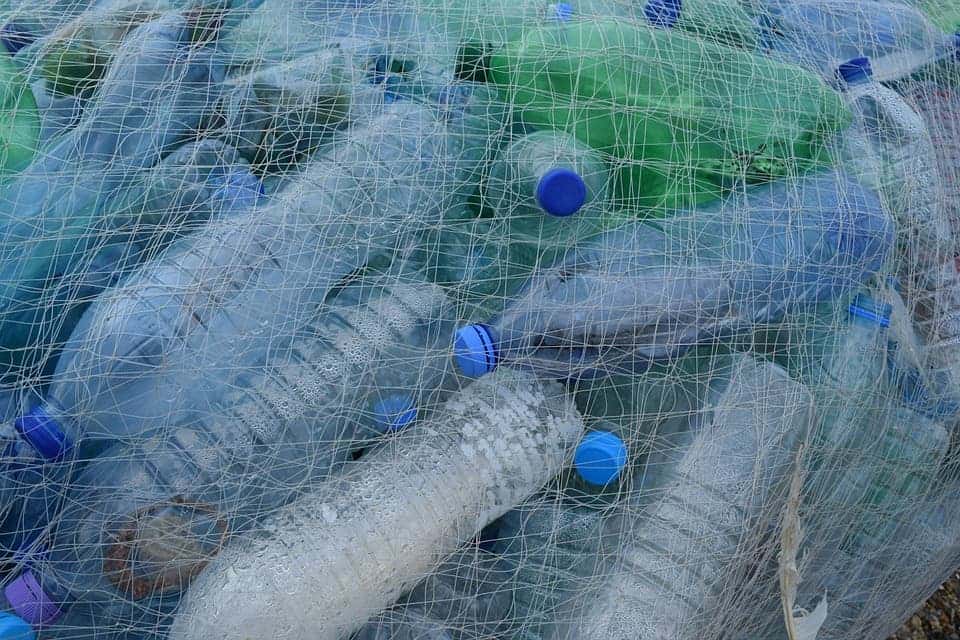
China has been taking most of the world’s recyclable plastics. However, as of January 1st, China has banned certain plastic imports, giving a mere 6-month warning. Now, countries, such as the US and EU members, are having trouble finding new places to put their plastics, while some Chinese recycling companies are going out of business. The growing amounts of plastics are being temporarily stored while longer-term solutions are being explored.
To have an idea of how much plastic was exported to China: the EU exports half of its collected and sorted plastics, of which 85% goes to China. The US also depends heavily on China for plastic recycling. In 2016, the US shipped more than 16 million tonnes of recyclable materials to China for more than $5.2 billion.
China’s new ban includes 24 categories of solid waste, including some plastics, paper, and textiles. The reason is understandable:
“Large amounts of dirty… or even hazardous wastes are mixed in the solid waste that can be used as raw materials. This polluted China’s environment seriously,” the environment ministry explained in a notice to the World Trade Organization.
Global plastic exports to China may drop to 1.5 million tons this year, from 7.4 million tons in 2016. The situation before was pretty convenient. The plastic recyclables were loaded onto the ships that brought consumer goods to Europe. The shipping costs were cheap and didn’t add much more CO2 into the environment, because the ships had to return to China anyways.
Now the most serious question is how to deal with all the recyclables now that China won’t. A solution needs to be found fast, otherwise, the recyclable waste could be dumped in landfills or incinerated to make space. A possible new market is in southeast Asia and India but it would be much more expensive and they just don’t have the capacity there.
A silver lining of this ban could be that it causes countries to focus on recycling infrastructure within their own countries. China itself doesn’t have a complete legal recycling system. With fewer raw materials coming in from outside of the country, China may be pushed to improve its own recycling system and deal with its waste better. Likewise, the EU and other countries may also be prompted to develop domestic recycling facilities. It will require time and money to build up the infrastructure, but is necessary if we want to reuse our plastics and keep them from ending up in the environment. Indeed the EU will have to meet their goal of phasing out single-use plastics and making all plastic packaging recyclable by 2030.






